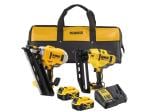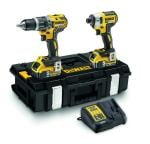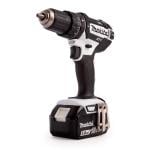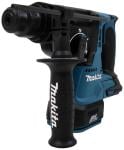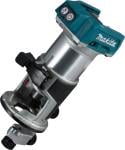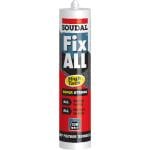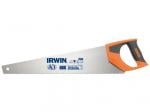Why & How To Use A Circular Saw & Guide Rail
Power tools are essential for carrying out many tasks with great accuracy and taking your workmanship to the next level. If you have a couple of projects lined up and feel like you could benefit from using a circular saw, then this is the article for you. We’re also going to highlight why and how a guide rail pairs wonderfully with a circular saw. Here’s everything you need to know…
Why Is Using a Guide Rail Important?
So, why is it worth using a guide rail alongside a circular saw? In short, it’s the easiest way for you to guarantee the most precise, straight, and accurate cuts – both at 90º and 45º angles. When you need to cut workpieces that are clean and accurately joined, a circular saw (with the correct set-up) paired with a guide rail is the most effective way of getting it done. Simply put, if you want “absolute” accuracy without any room for error, a guide rail is a godsend. In addition to accuracy, a guide rail will help you to prevent any splinters in your workpiece, given that any quality guide rail will have anti-splinter protection at its edge. Furthermore, you don’t need to use clamps which can otherwise clutter up your cutting line, making it difficult to work comfortably. The good news is that high-quality guide rails come with adhesion straps that will help them to grip the workpiece with ease.
How to Set Up and Use Your Plunge Circular Saw
When setting up your circular saw, the first thing that you need to get right is its cutting depth. You don’t want to have too much of the circular saw blade showing below the thickness of the target material that you are cutting through. Only a few millimetres of clearance is necessary. Also bear in mind that it is the teeth of the blade doing the hard work – as opposed to the circular saw’s blade itself. And of course, you should be mindful of using the correct blade for the material in question (e.g., a carbide-tipped abrasive cut-off wheel for non-ferrous metals such as copper and aluminium). When you are configuring the depth of the cut, be certain to factor in the thickness of the guide rail that you are using as well – and indeed that the circular saw that you are using is compatible with the guide rail (especially when cutting bevels). This is because you may otherwise unnecessarily run the risk of cutting into the guide rail itself – which can be a costly mistake.
Final thoughts
So, to recap:
- A guide rail can help you use your plunging circular saw with “absolute” accuracy.
- Be certain to set the correct depth when setting up your circular saw (a few millimetres clearance beneath the cutting material).
- Research the correct blades for the material in question.
- Factor in the thickness of your guide rail – and indeed that the guide rail and circular saw are both compatible with one another.
Listed below are some of our circular saw and rail guide-related products:
- Festool TS55R Circular Saw & Guide Rail
- Bosch GKT55GCE Plunge Saw with 2x Guide Rails, Connector and Bag
- Festool TS75E(B)Q+FS Circular Saw + Rail
- DeWALT DWS520KT 60mm Plunge Saw + 2 Guide Rails and Connector
- Festool TS75EBQ+FS 240v Circular Saw + Rail
- Metabo Plunge Saw Guide Rail Kit 2 x Guide Rails, Joining Bar, Bag & Clamps
- DeWalt 1.5m Guide Rail For Use with DeWalt Plunge Saw


